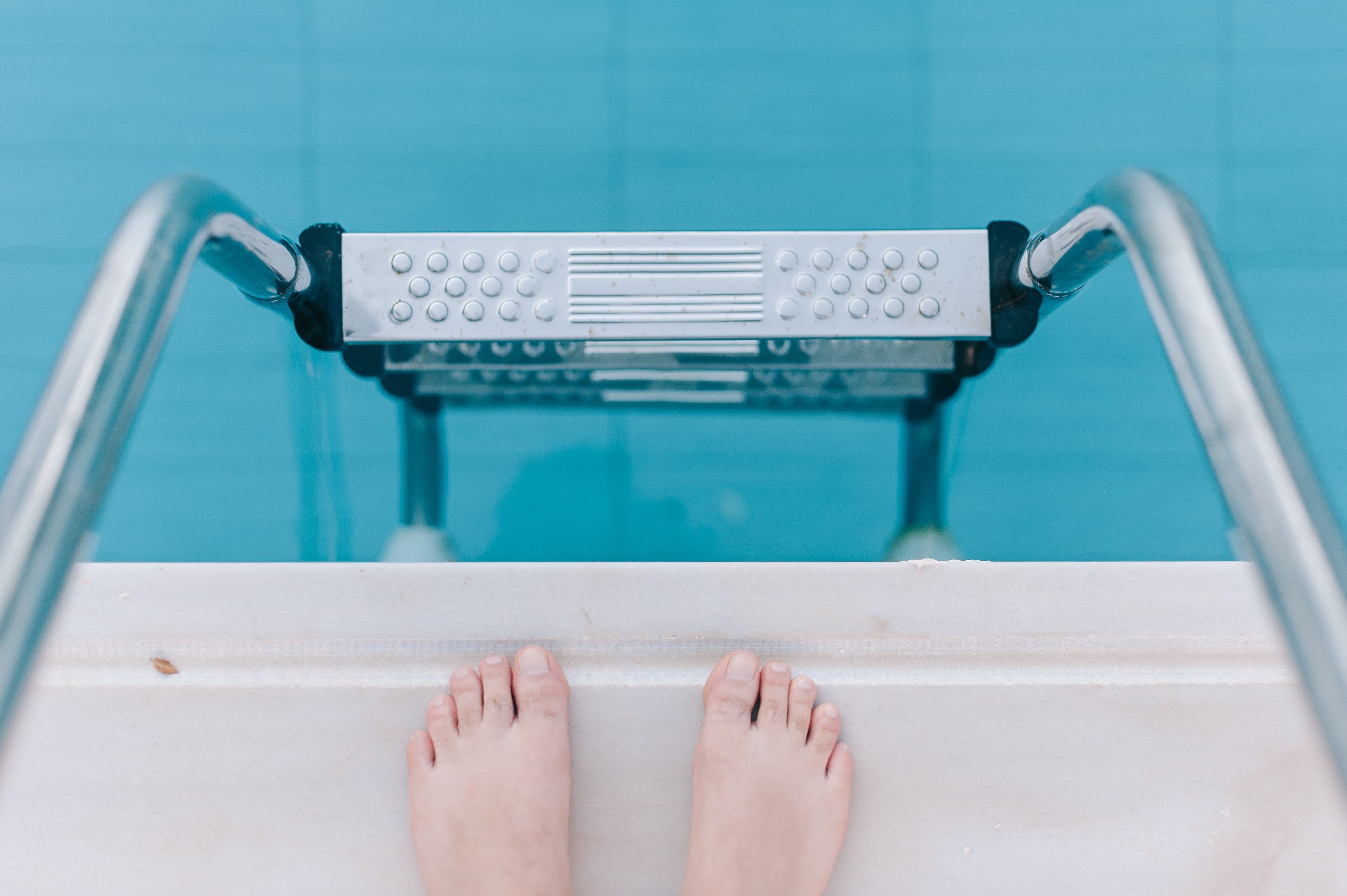Hydrotherapy Improves Balance, Mobility in Parkinson’s Patients, Study Reports

Hydrotherapy may provide significant balance and mobility benefits in patients with Parkinson’s disease compared to medication and land-based exercises, according to a review study.
The research, “The Effects of Hydrotherapy on Balance, Functional Mobility, Motor Status, and Quality of Life in Patients with Parkinson Disease: A Systematic Review and Meta-analysis,” was published in the journal PM&R.
Impairments such as muscle rigidity and tremor affect the balance and mobility of people with Parkinson’s. Combined with fear of falling, it promotes a sedentary lifestyle and reduces quality of life.
Water-based exercise is often prescribed to these patients, providing a safe environment that reduces the risk of falling. Prior studies have reported that hydrotherapy improves motor symptoms. However, the evidence about hydrotherapy as a treatment strategy in Parkinson’s is scarce.
To address this gap, researchers conducted a systematic review of the available scientific literature and a meta-analysis — a type of statistical analysis that combines the results of various studies.
The scientists focused on hydrotherapy’s effectiveness on patients’ balance, mobility, quality of life and motor function.
For this purpose, the investigators searched seven online databases as well as unpublished or ongoing clinical trials from inception through December 2017. Nineteen studies were identified, of which eight were randomized controlled trials (RCTs). Overall, the studies had 484 participants, with a mean age ranging from 54 to 78 years and an average disease duration ranging from three to 10 years.
Join the Parkinson’s forums: an online community for people with Parkinson’s Disease and their caregivers.
The studies had different designs, which included comparisons of hydrotherapy with land-based exercises or medications, combinations of hydrotherapy with land-based therapy, and assessments of low-intensity and muscular resistance water-based exercises.
Hydrotherapy could include balance training, stretching, strengthening, trunk mobility, and gait exercises. The sessions ranged from 40 to 60 minutes, one to five days per week, for three to 20 weeks, for a total of eight to 60 sessions. Water temperature was set between 28ºC (82ºF) and 34ºC (93ºF) in the 12 studies that reported this parameter.
All but two studies with available information on levodopa usage evaluated patients’ in the “on” phase, which refers to the period when this medication is effective and has not yet worn off.
The meta-analysis on balance and mobility included five RCTs, which had a total of 133 patients. The results showed that hydrotherapy with or without land-based exercises significantly improved both balance and mobility compared to land-based therapy or usual care with medication alone.
Three other studies not included in the meta-analysis due to lacking a control group also found significant benefits with hydrotherapy in balance. One RCT not included in the statistical comparison did not report differences with hydrotherapy and land-based therapy, while another showed that aquatic obstacles training is more beneficial for balance than traditional water-based exercises.
In turn, two RCTs not included in the respective analysis failed to show mobility improvements with hydrotherapy.
As for quality of life, an analysis of three RCTs with 76 patients showed no benefits with hydrotherapy compared to land-based treatment, which the researchers attributed to the small number of studies included. This also was observed in one RCT not included in the meta-analysis. In contrast, five other studies, including two non-randomized trials, found significant improvements with water-based treatment.
Results of a meta-analysis of five RCTs with 140 patients also did not reveal improvements in motor function in comparison to land-based exercise. This can be explained by patients having types of motor complications not expected to improve with hydrotherapy, the team said.
Of note, two other RCTs and a non-randomized trial also did not find different results with hydrotherapy compared to other approaches in motor function.
Overall, the scientists wrote, “hydrotherapy, combined or not with other therapies, may improve balance and functional mobility of patients with [Parkinson’s] when compared to land-based therapy alone or usual care.”






